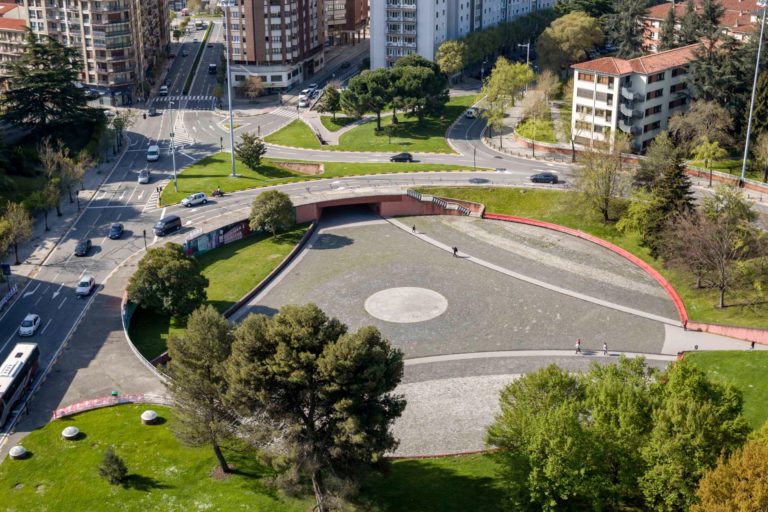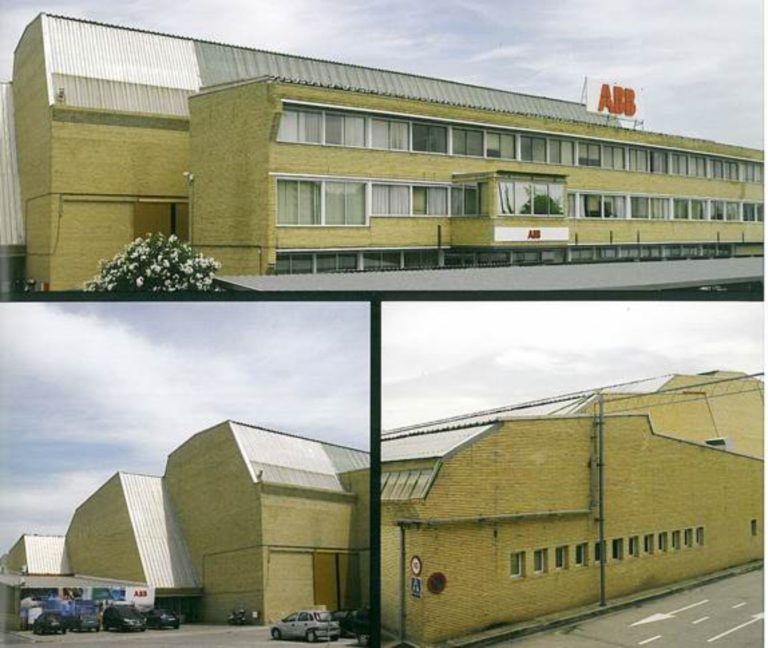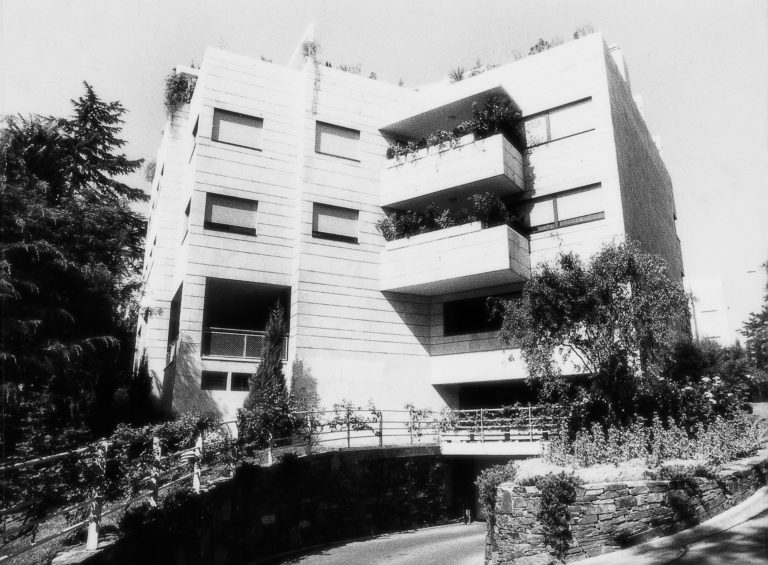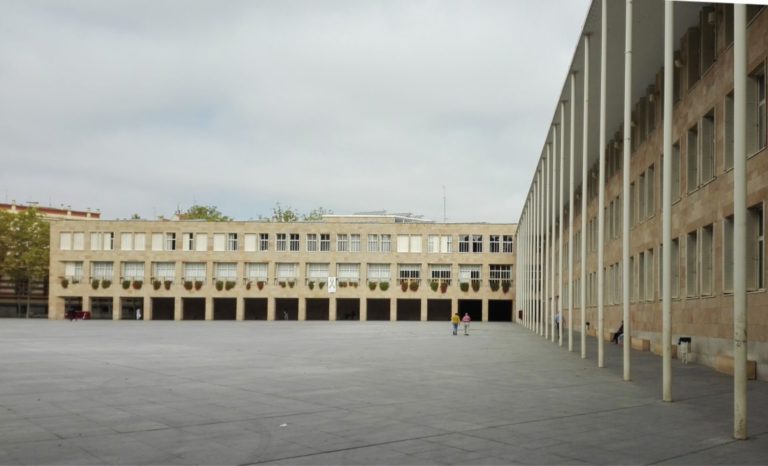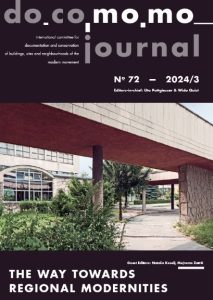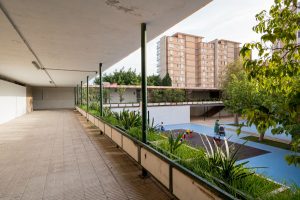Resumen
Rafael Moneo, a Spanish architect and educator who has been practicing architecture in Madrid since 1965, rose in the profession from local practitioner to designer of international reputation in the mid-1980s with his Museum of Roman Art in MWrida (1980-86) and into the highest ranks of academe when he assumed the chairmanship of the Department of Architecture at the Graduate School of Design at Harvard University (1985-1990). Moneo’s work falls into three distinct periods: the pre-Harvard Spanish years (1965-85), the five Harvard years (1985-90), and the post-Harvard international years (1990-present). This dissertation traces the systematic and reflective character of Moneo’s double practice up to 1985; it fits his uninterrupted professional practice into the context of his academic career, suggesting that his commitment to both professional practice and knowledge of the discipline is what led him to form a coherent philosophy of design. Throughout the years the contents of his teaching and writing have imbued his built projects with a programmatic character derived from his critique of modern architecture in the 1960s, investigations in architectural theory in the 1970s, and interpretation of the history of Western architecture in the early 1980s and allowed him to achieve a synthetic reading of the modern within the Western tradition of building.(cont.) It is his drive to design and explain the building, not as part of a local tradition, but as the work of a cultured architect able to transcend national borders that has allowed him to have an all-encompassing career that combines practice and teaching. Moneo is generally considered to be the most independent thinker and the most intellectual of the architects of his generation. Through the influence of the Spanish philosopher Jose Ortega y Gasset Moneo’s ability to «reabsorb his circumstances» was a source of necessity and freedom to connect practice with intellect: he could become both architect and educator furthering the cultural development of Spain. Using the Italian aesthete Luigi Pareyson’s theory of «formativity,» which regards material and form as inseparable, Moneo realized that the making of architectural form lay in its construction and formalized the principles of his philosophy of design.
Ver tesis